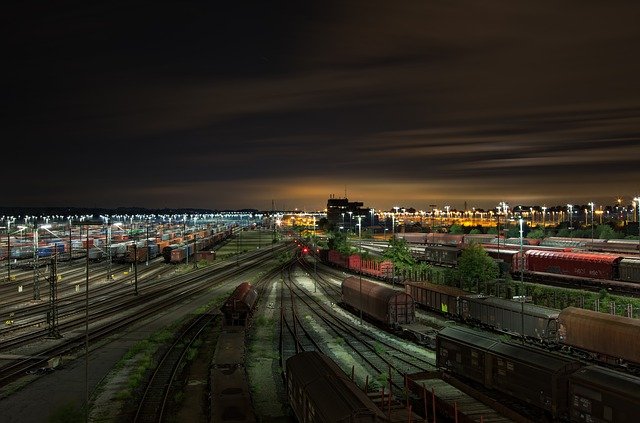What is the new transportation culture all about? Actually, several ideas underlie the general concept, some of which are related to one another and some of which aren’t. But, one thing all five components have in common is efficiency. Whether that means getting from your home to a downtown sports stadium as quickly as possible, shipping your company’s goods to a distant coast for the lowest cost, or simply keeping your family’s fuel expense as low as possible, today’s way of getting from Point A to Point B is about conserving fuel, time, and effort. Here is a closer look at the five main components of this new way of moving people and goods.
Mass Transit
Nearly every major world and U.S. urban center now has some form of mass transit, be it a highly developed network of buses, elevated trains, subways, or light-rail systems. Wherever you go, people are opting to ride instead of drive. This new way of getting around is especially evident in larger cities, but it’s also happening in second-tier metro areas.
Corporate Fleet Management
For-profit businesses use fleet management systems to save money, meet legal requirements for interstate commerce, and keep tabs on where their assets are at any given moment. Those assets include not just the cargo but also the vehicles. Anyone interested in how fleet programs work to streamline modern businesses can simply review an online guide that explains the ins and outs in detail. For most owners, the idea of monitoring vehicle fleets is just one way to weed out any unnecessary expenses, but there are dozens of other benefits as well, including happier drivers, avoidance of hours-worked fines, and more.
Delivered Consumer Goods
One of the most significant trends to hit the business world in the past decade is home delivery of nearly every kind of consumer good. Groceries were the last holdout, but now most of the major chains offer direct-to-home delivery or convenient pickup for online and telephone orders. Restaurants, another holdout until the COVID pandemic took hold in 2020, are now part of the transport culture, offering online ordering, full home delivery options, and carry-out for orders of all kinds and sizes.
Stricter Fuel Standards
More stringent fuel consumption standards for passenger vehicles have had a profound impact on public and private behavior. But for vehicle owners, the standards are a plus. They mean more driving at less cost. For manufacturers, however, they mean having to come up with ever-new ideas about how to build cars and trucks that run on less fuel. These new government regulations are having the effect, overall, of decreasing fuel consumption.
Fewer Trips
The COVID pandemic of 2020 and 2021 has an unintended effect on personal travel. Because so many local businesses and social organizations were closed, consumers grew accustomed to taking fewer, and shorter, trips in their cars. When most of those restrictions were lifted, people are still driving less, either out of habit or cost-consciousness. The recent rise in the cost of gasoline has played a role in the overall trend of less driving.
